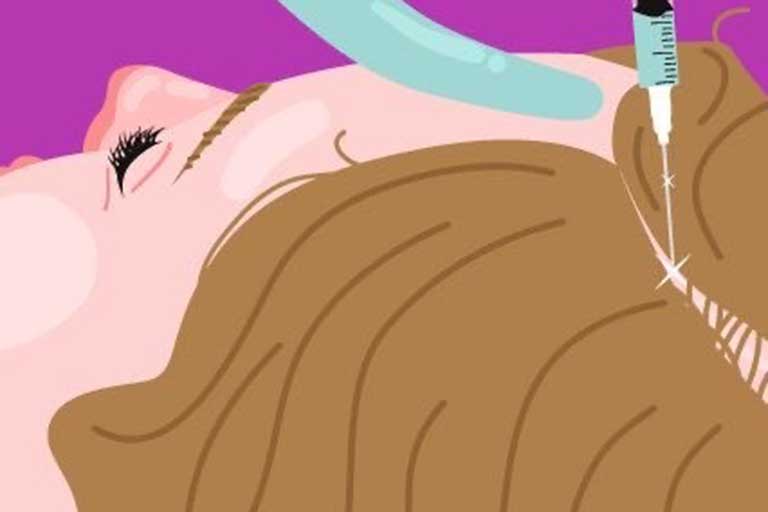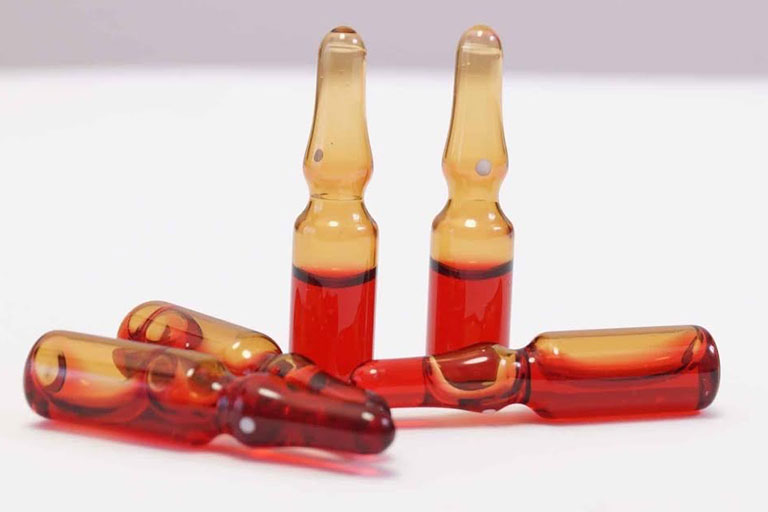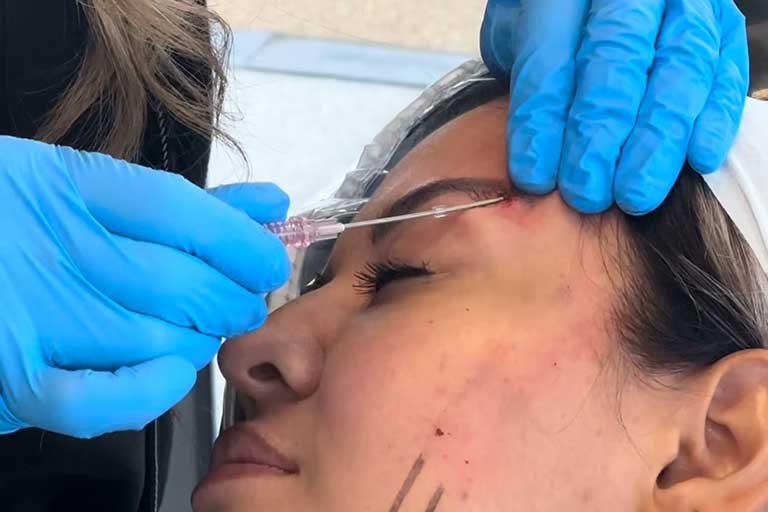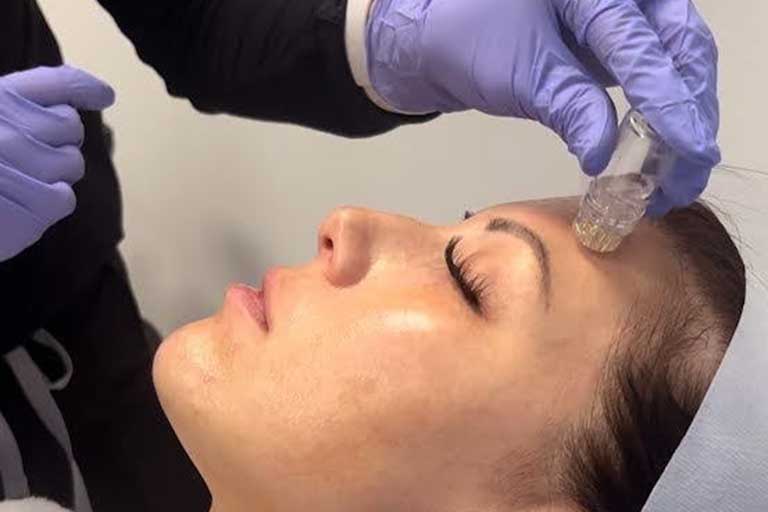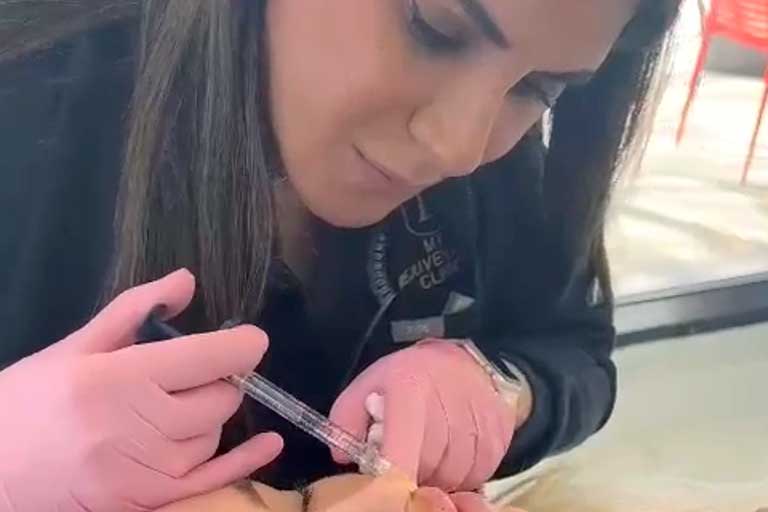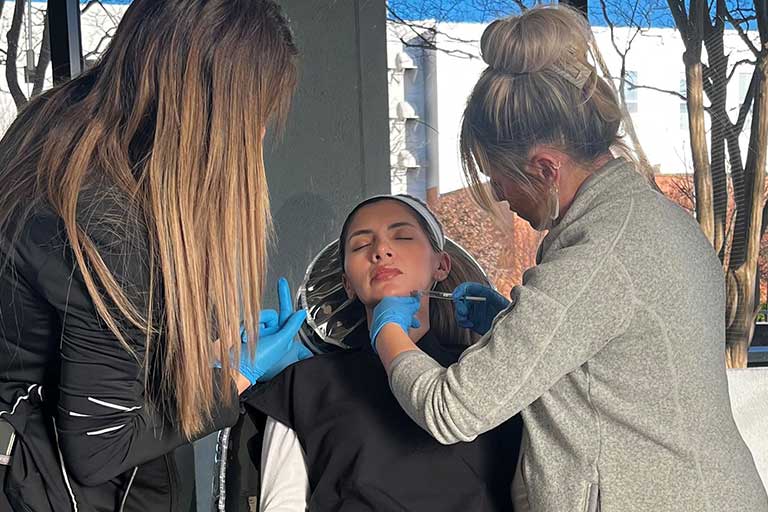The discipline of aesthetic medicine is in a constant state of development, with the introduction of novel treatments and techniques aimed at assisting patients in attaining their desired outcomes.
Platelet-Rich Plasma (PRP) therapy is a new treatment that utilizes the body’s natural healing mechanisms to revitalize the skin, stimulate hair growth, and improve cosmetic results. This blog article will examine how adopting a patient-centric approach to incorporating PRP into aesthetic treatments can improve patient happiness and outcomes.
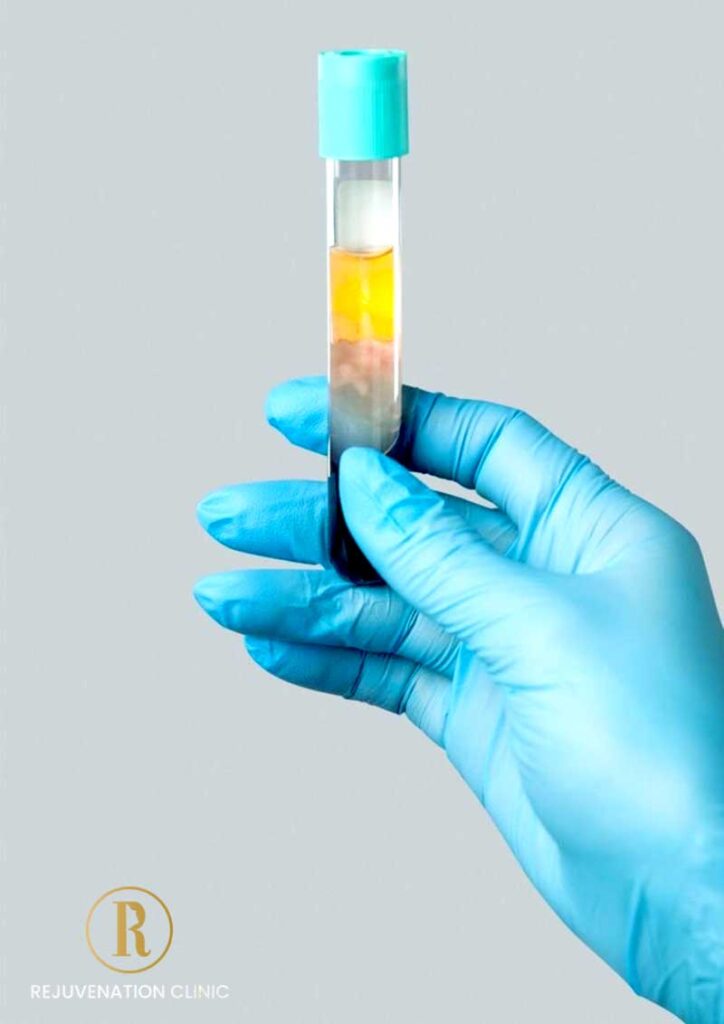
PRP therapy, or Platelet-Rich Plasma therapy, is a medical procedure that involves using a concentrated form of a patient’s own blood to promote healing and tissue regeneration. PRP therapy entails extracting a minimal quantity of the patient’s blood, purifying it to intensify the platelets, and thereafter administering this platelet-rich plasma into specific regions of the skin or scalp. Platelets possess growth factors that drive cellular repair and regeneration, rendering PRP a diverse therapeutic option for various cosmetic issues.
Advantages of Platelet-Rich Plasma (PRP) in Aesthetic Treatments:
- PRP (Platelet-Rich Plasma) therapy offers a natural rejuvenation method by utilizing the patient’s own blood, hence minimizing the likelihood of allergic responses or negative side effects. Consequently, it is considered a safe alternative for a wide range of individuals.
- PRP exhibits versatility as it can effectively address various cosmetic concerns such as the reduction of fine lines and wrinkles, the treatment of acne scars, the improvement of hair loss, and the enhancement of overall skin texture and tone.
- Minimal Downtime: PRP treatments generally need a short recovery period, enabling patients to resume their regular activities promptly.
Incorporating PRP (Platelet-Rich Plasma) with a patient-centered approach:
A patient-centric approach in aesthetic medicine prioritizes individualized care, effective communication, and guaranteeing the patient’s comfort and contentment during the treatment procedure. Integrating PRP therapy can be aligned with this approach in the following manner:
1. Tailored Treatment Plans:
- Customized Solutions: The skin and hair requirements of each patient are distinct. By integrating PRP into a tailored treatment regimen, professionals can more efficiently target certain issues.
- PRP can be synergistically paired with other aesthetic procedures, such as microneedling or laser therapy, to augment outcomes. An individualized combination strategy guarantees that the patient receives the most suitable and efficient therapies.
2. Effective and comprehensive dissemination of information and knowledge:
- Providing an explanation of the treatment: Informing patients on the mechanism of action of PRP, its advantages, and the anticipated experiences during and after the procedure aids in establishing trust and establishing practical expectations.
- Establishing Attainable Objectives: Engaging in a conversation about possible results and determining the necessary number of sessions to get the desired goals ensures that patients possess a comprehensive comprehension of the treatment procedure.
3. Improving Patient Comfort:
- To minimize discomfort during PRP injections, patients can utilize topical anesthetics or cooling devices, which can effectively eliminate any unpleasant sensations.
- Post-treatment care involves giving patients thorough instructions and ongoing support after their therapy, which helps them feel supported and achieve optimal outcomes.
4. Supervising and Modifying Treatment Plans:
- Continual Evaluation: Regularly scheduled appointments to evaluate the patient’s advancement and modify treatment programs as necessary guarantee the best outcomes and patient contentment.
- Feedback Loop: By actively encouraging patients to submit feedback on their treatment experience, practitioners can swiftly address any concerns and make necessary modifications.
Conclusion Incorporating Platelet-Rich Plasma (PRP) into cosmetic procedures using a patient-centered approach improves the entire treatment experience and results. Practitioners can assist patients in safely and efficiently achieving their aesthetic goals by customizing treatment regimens, maintaining clear communication, prioritizing patient comfort, and offering continuous support. PRP therapy, known for its inherent rejuvenating capabilities and adaptability, is a significant asset for any aesthetic office dedicated to providing exceptional patient care. If you are contemplating PRP therapy, it is advisable to get advice from a proficient aesthetic practitioner who can customize the treatment according to your specific requirements and guarantee a patient-centered approach throughout the entire process.

